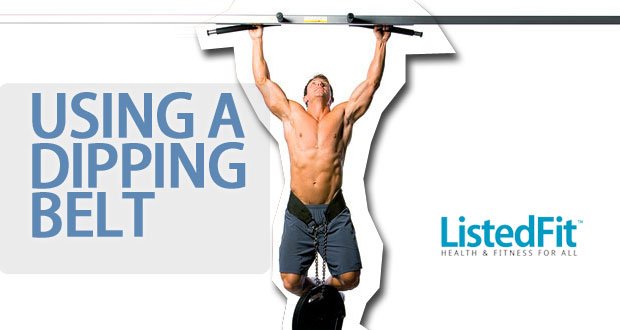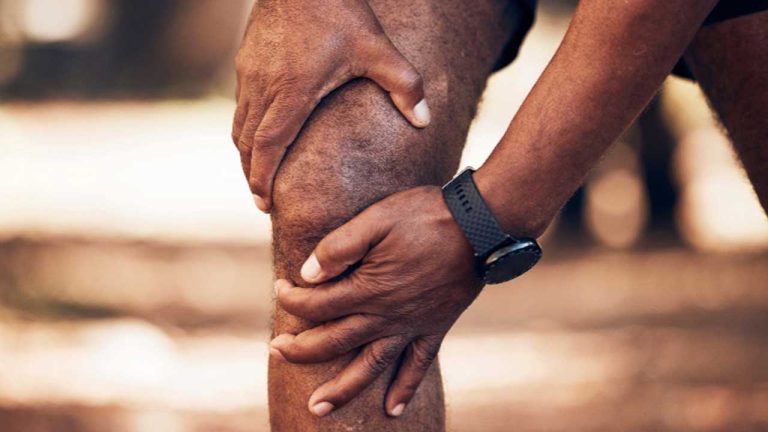Barefoot Running Shoes: Are They Really Better for Your Feet?

ListedFit is reader-supported. When you buy through links on our site, we may earn a small commission.
If you are a runner, you have probably heard of barefoot running shoes. They are designed to mimic the feeling of running barefoot while still providing some protection and support. But is it really better to wear barefoot running shoes?
Advocates of barefoot running shoes claim that they can improve foot biomechanics and reduce the risk of injury. Some studies have found that running efficiency increases by 4% when running barefoot or in minimalist shoes. However, there is still a lack of well-designed studies comparing the incidence of injuries in runners wearing shoes with those running barefoot.
In this article, we will explore the pros and cons of wearing barefoot running shoes, as well as the potential risks and benefits. We will also provide tips on how to transition to barefoot running shoes safely and effectively. Whether you are a seasoned runner or just starting out, this article will help you make an informed decision about whether barefoot running shoes are right for you.
Table of Contents
What are Barefoot Running Shoes?
If you’re interested in barefoot running, you may have heard of barefoot running shoes. These shoes are designed to mimic the feeling of running barefoot while still providing some protection to your feet. They are typically lightweight, flexible, and have little to no cushioning or support.
Benefits of Barefoot Running Shoes
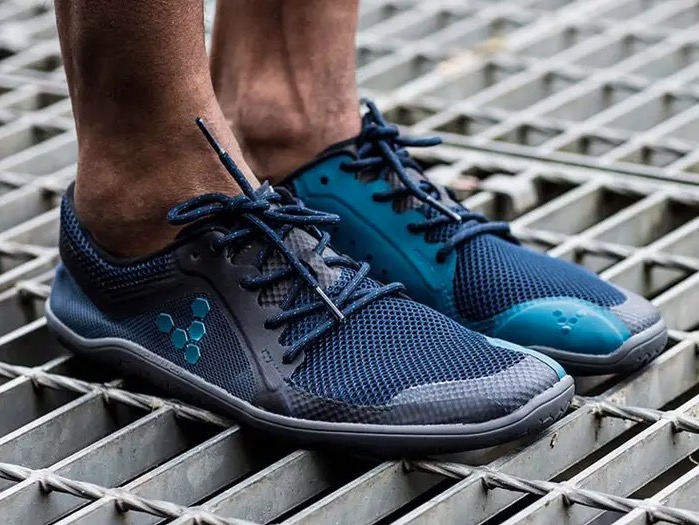
One of the main benefits of barefoot running shoes is that they can help improve your running form. When you run in traditional running shoes with thick cushioning and support, you may be more likely to strike the ground with your heel first.
This can lead to a jarring impact that can cause injuries over time. Barefoot running shoes encourage you to land on the balls of your feet or midfoot, which can help reduce the impact of each step.
Barefoot running shoes can also help strengthen the muscles in your feet and lower legs. When you run in traditional shoes, your feet and legs are supported by the cushioning and support in the shoes. This can lead to weaker muscles over time. Barefoot running shoes require your feet and legs to do more work, which can help strengthen them.
Drawbacks of Barefoot Running Shoes
One of the biggest drawbacks of barefoot running shoes is that they may not be suitable for everyone. If you have flat feet or other foot problems, barefoot running shoes may not provide enough support for your feet. This can lead to pain and injuries.
Barefoot running shoes also require a period of adjustment. When you first start wearing them, your feet and legs may need time to get used to the new sensation. You may need to start with short runs and gradually increase your mileage over time.
Finally, barefoot running shoes may not be appropriate for all types of running. If you’re running on rough or uneven terrain, you may need more support and cushioning to protect your feet and prevent injuries.
Is It Better to Wear Barefoot Running Shoes?
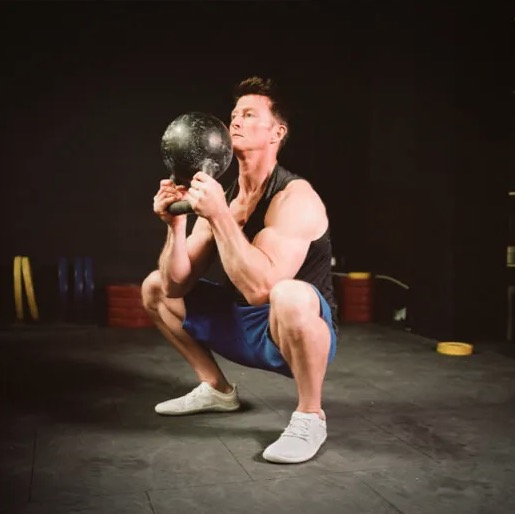
When it comes to running shoes, there is a debate over whether it is better to wear barefoot shoes or traditional shoes. While some people swear by barefoot shoes, others are sceptical. Here, we will explore arguments in favor of and against barefoot running shoes.
Arguments in Favor of Barefoot Running Shoes
Proponents of barefoot shoes argue that they can help improve your running form and reduce the risk of injury. Barefoot shoes are designed to mimic the feeling of running barefoot, which can help you develop a more natural running gait. They also tend to be lighter and more flexible than traditional running shoes, which can help you run more efficiently.
Additionally, barefoot shoes can help strengthen the muscles in your feet and legs. When you run in traditional shoes, your feet are supported by the shoe, which can cause the muscles in your feet and legs to weaken over time. Barefoot shoes, on the other hand, require you to use these muscles more, which can help strengthen them.
Arguments Against Barefoot Running Shoes
Opponents of barefoot shoes argue that they can be uncomfortable and increase the risk of injury. Running without cushioning can put a lot of strain on your feet and legs, which can lead to pain and injury. Additionally, barefoot shoes provide little protection from the elements, which can make them impractical for running in certain conditions.
Furthermore, barefoot shoes require a period of adjustment. If you are used to running in traditional shoes, switching to barefoot shoes can put a lot of stress on your feet and legs. It is important to gradually transition to barefoot shoes to avoid injury.
Ultimately, whether or not barefoot shoes are better than traditional running shoes depends on your individual needs and preferences. Some people find that barefoot shoes help them run more efficiently and reduce the risk of injury, while others prefer the comfort and support of traditional running shoes. It is important to do your research and try out different types of shoes to find what works best for you.
How to Transition to Barefoot Running Shoes?
Steps to Transition to Barefoot Running Shoes
Transitioning to barefoot running shoes is a gradual process that requires patience and persistence. Here are some steps to help you make the transition:
- Start Slowly: Begin by wearing your barefoot shoes for short periods of time, such as 10-15 minutes per day. Gradually increase the time you wear them each day.
- Focus on Form: When running in barefoot shoes, focus on landing midfoot and keeping your knees bent. Relax your lower legs throughout your stride cycle and maintain good posture with a slight forward lean from the ankles.
- Strengthen Your Feet: Spend time walking and standing barefoot to help strengthen the muscles in your feet and improve your balance.
- Gradually Increase Mileage: As your feet and legs adjust to the new shoes, gradually increase your mileage. Don’t push yourself too hard, and listen to your body for signs of pain or discomfort.
Tips to Avoid Injury While Transitioning to Barefoot Running Shoes
While transitioning to barefoot running shoes, it’s important to take steps to avoid injury. Here are some tips:
- Listen to Your Body: If you experience pain or discomfort, take a break from running and allow your body to rest and recover.
- Stretch and Strengthen: Stretch your feet, calves, and ankles regularly to help prevent injuries. Consider incorporating exercises that strengthen your feet and lower legs, such as calf raises and toe curls.
- Gradually Increase Intensity: Don’t push yourself too hard too quickly. Gradually increase the intensity of your runs over time to avoid overuse injuries.
- Choose the Right Terrain: Start by running on flat, smooth surfaces and gradually progress to more challenging terrain, such as hills and trails.
- Consider Working with a Coach: A running coach can provide guidance and support as you transition to barefoot running shoes. They can help you develop a plan that works for your individual needs and goals.
Author
Latest entries
 FitnessAugust 19, 2023Yohimbe vs Yohimbine: A Quick Comparison Guide
FitnessAugust 19, 2023Yohimbe vs Yohimbine: A Quick Comparison Guide AshwagandhaJune 16, 2023Is Ashwagandha Good for Working Out? Key Benefits Explored
AshwagandhaJune 16, 2023Is Ashwagandha Good for Working Out? Key Benefits Explored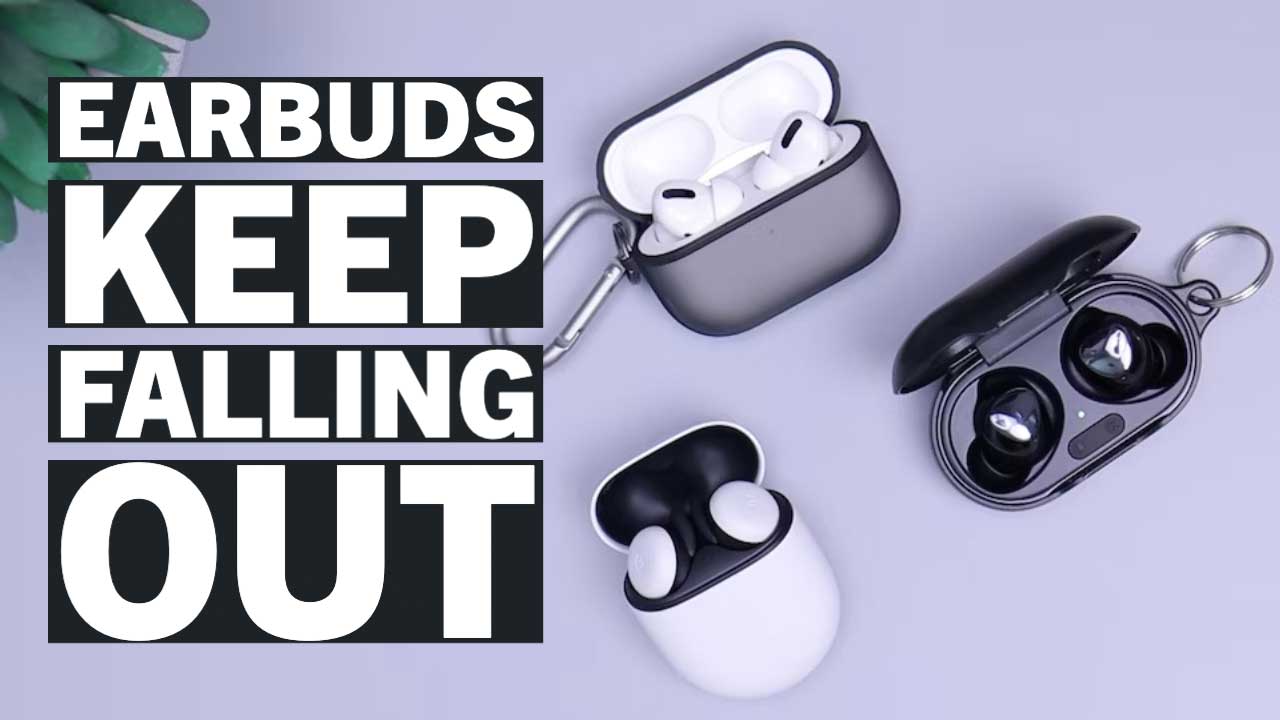 Sports HeadphonesMay 25, 2023Why Your EarBuds Keep Falling Out – Quick and Easy Solutions
Sports HeadphonesMay 25, 2023Why Your EarBuds Keep Falling Out – Quick and Easy Solutions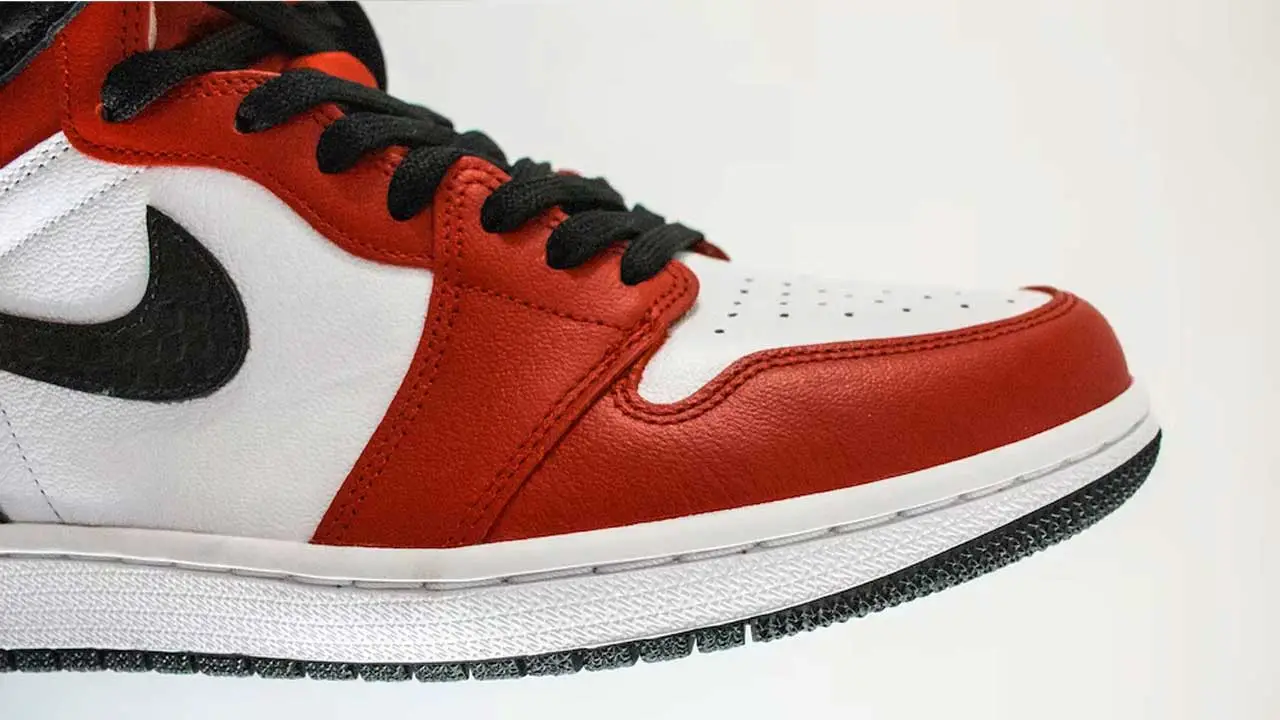 Nike ShoesMay 12, 2023Do Nikes Run Big or Small? Decoding the Perfect Fit
Nike ShoesMay 12, 2023Do Nikes Run Big or Small? Decoding the Perfect Fit
Affiliates:
This post may contain affiliate links that at no additional cost to you, the site may earn a small commission. We only recommend products we would use ourselves and all opinions expressed on this site are our own.
General Advice:
The information provided in this article is for general informational purposes only. It is not intended as a substitute for professional advice. Always consult with a qualified healthcare professional before starting any new diet, exercise program, or making changes to your health routine.
Accuracy Advice:
While we strive to provide up-to-date and accurate information, the content in this article may not reflect the most current research or medical guidelines. We encourage readers to do further research and consult with professionals for more personalized advice.
Our Recommendations:
The products and services mentioned in any of our articles are recommended based on our independent research and personal experience. We are not sponsored by any company. We aim to suggest products and services we believe are of high quality and could be beneficial to our readers.


